Artifacts displayed at the World Cultural Heritage Site of Ho Dynasty Citadel are digitized and stored on a digital platform.
One of the highlights in the work of preserving and promoting heritage values is the construction of a digital database of cultural heritage. At the World Cultural Heritage of Ho Dynasty Citadel, all artifacts at the exhibition booth have been digitized by taking photos, numbering, updating information on artifacts... then converting to soft file storage on digital platforms. Along with that, the Ho Dynasty Citadel Heritage Conservation Center has established a synchronous and modern information technology infrastructure system to meet the management, scientific research, restoration of relics, exploitation and use of services such as: adding projectors, scanners, computers, installing QR codes at the relic site of the heritage site, when visitors download and install the app, scanning the QR code can easily update information of the relic.
Director of the Ho Dynasty Citadel Heritage Conservation Center Nguyen Ba Linh shared: “If we approach heritage in the traditional way, mainly displaying and introducing one-way information, it will be difficult to create excitement for visitors. Technology is not only a transmission tool but also helps tell stories about history, land and people associated with heritage. Organizing topics to learn about heritage, integrating applications of relic information, QR codes attached to locations... have helped visitors have more vivid and convenient approaches.”
A new step forward in approaching heritage in the digital age is the development of products applying virtual reality (VR) and augmented reality (AR) technology in introducing and promoting heritage. At Lam Kinh Historical Site, with the MobiFone Smart Travel multidimensional tourism experience application, visitors can learn about the tourist areas and destinations from a distance based on virtual reality technology; and at the same time, get directions directly at the tourist destination when interacting through augmented reality technology. Images of ancient architectural works are realistically reproduced, creating deep impressions and strong emotions.
Not only applying technology in conservation work, localities and destinations also promote digital communication to bring heritage closer to the public. Social networking platforms such as Facebook, YouTube, TikTok, Zalo are used to share videos, images, stories about festivals, customs, and traditional arts. Some fanpages such as "Thanh Hoa Tourism - Four Seasons of Fragrance", "Ho Dynasty Citadel World Heritage", "Thanh Cultural Heritage Forum" ... receive attention from the online community, contributing to bringing traditional values into the flow of modern culture in a natural and lively way.
Associate Professor, Dr. Mai Van Tung, Head of the Faculty of Social Sciences, Hong Duc University - who has many years of research on preserving local cultural heritage, commented: “This is a direction that is consistent with the national digital transformation trend and is especially effective in the context of students increasingly accessing technology. However, to achieve the set goals, people are still the core factor. People working in the field of cultural heritage management need to be regularly updated with digital transformation knowledge and skills. Cultural researchers must further improve their knowledge of technology to accompany the work of digitizing heritage.”
Efforts to innovate approaches to heritage are expected to make an important contribution to preserving and promoting the value of Thanh Hoa's cultural heritage. This is also the door for cultural values to enter today's life with a new look and new vitality - dynamic, close, creative and sustainable.
Article and photos: Hoai Anh
Source: https://baothanhhoa.vn/doi-moi-cach-tiep-can-di-san-van-hoa-trong-ky-nguyen-so-257709.htm


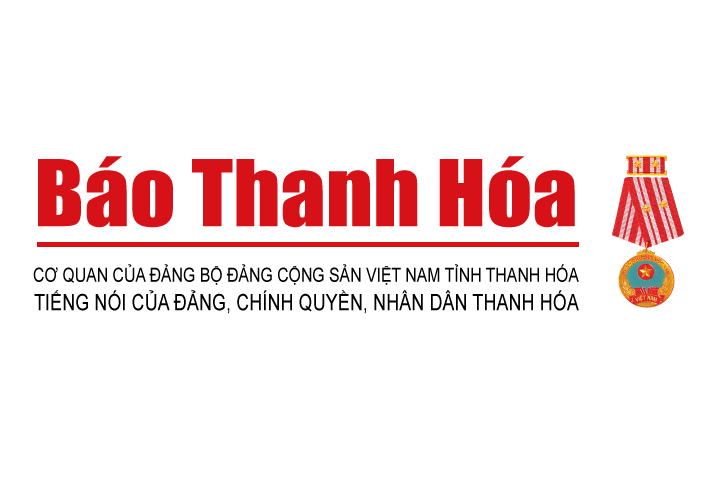

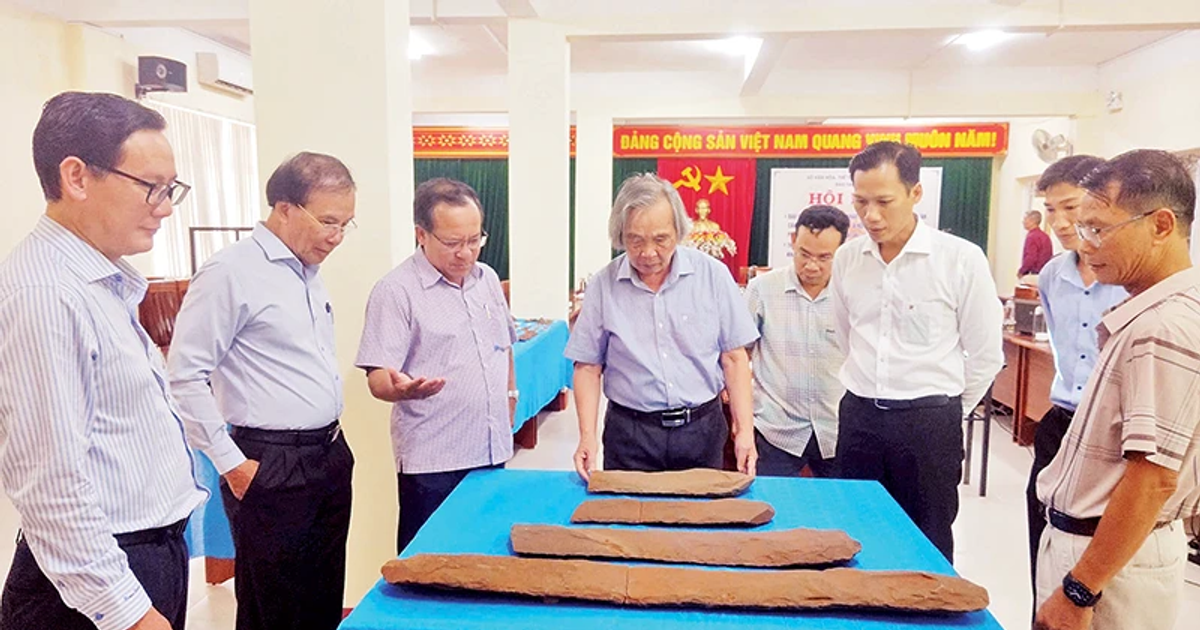
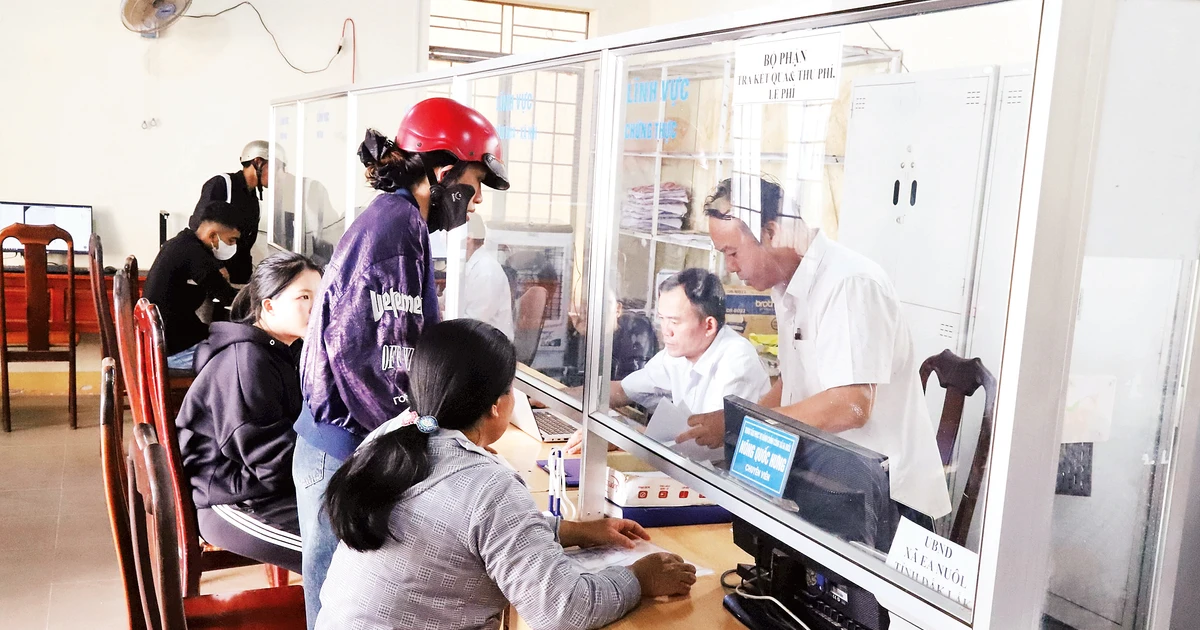

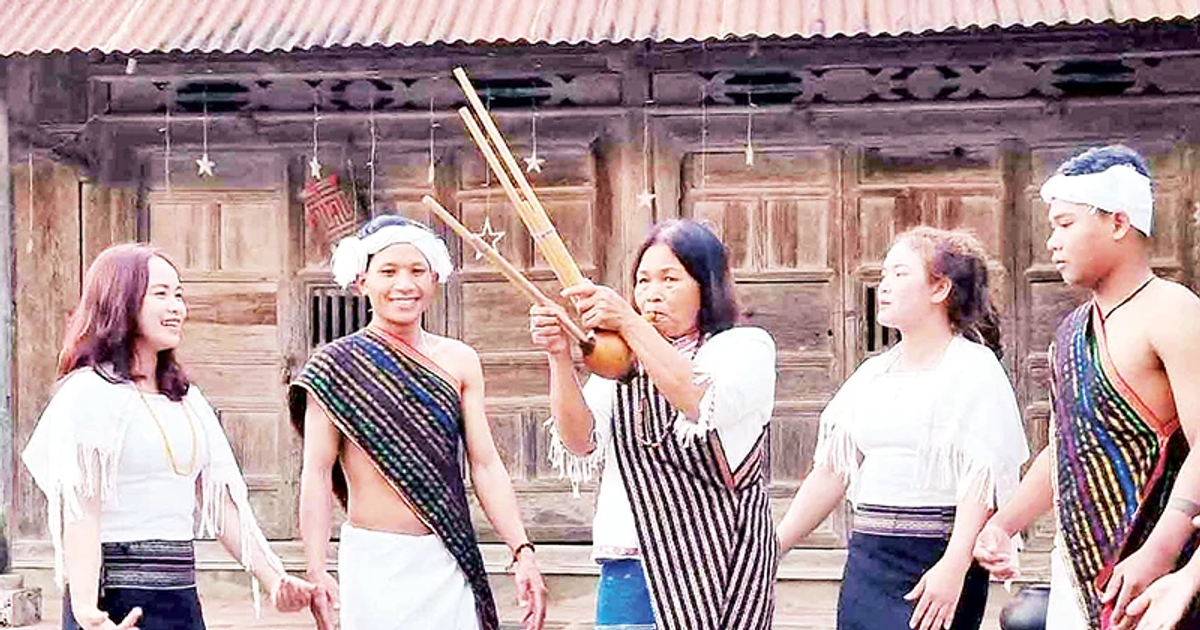


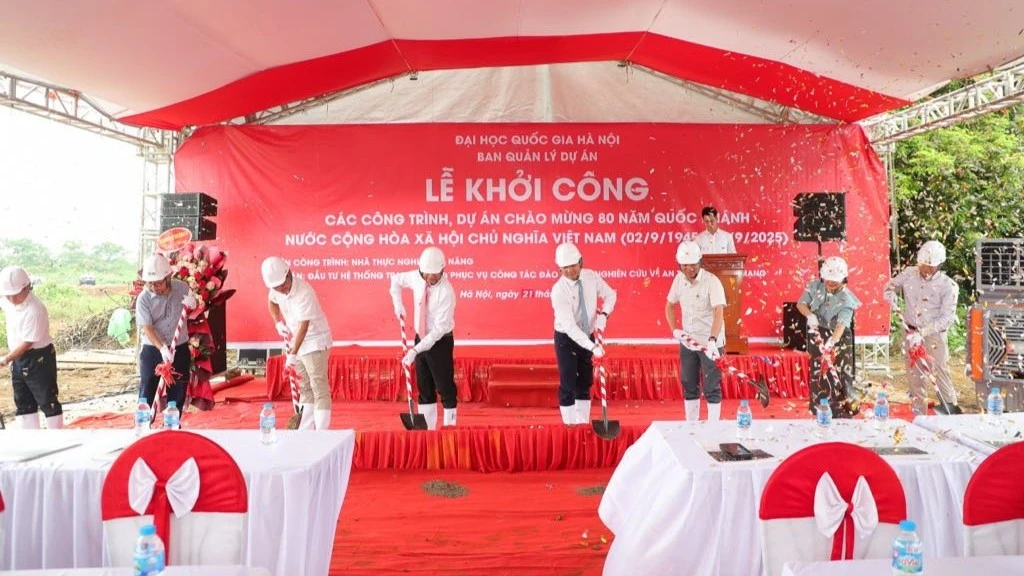


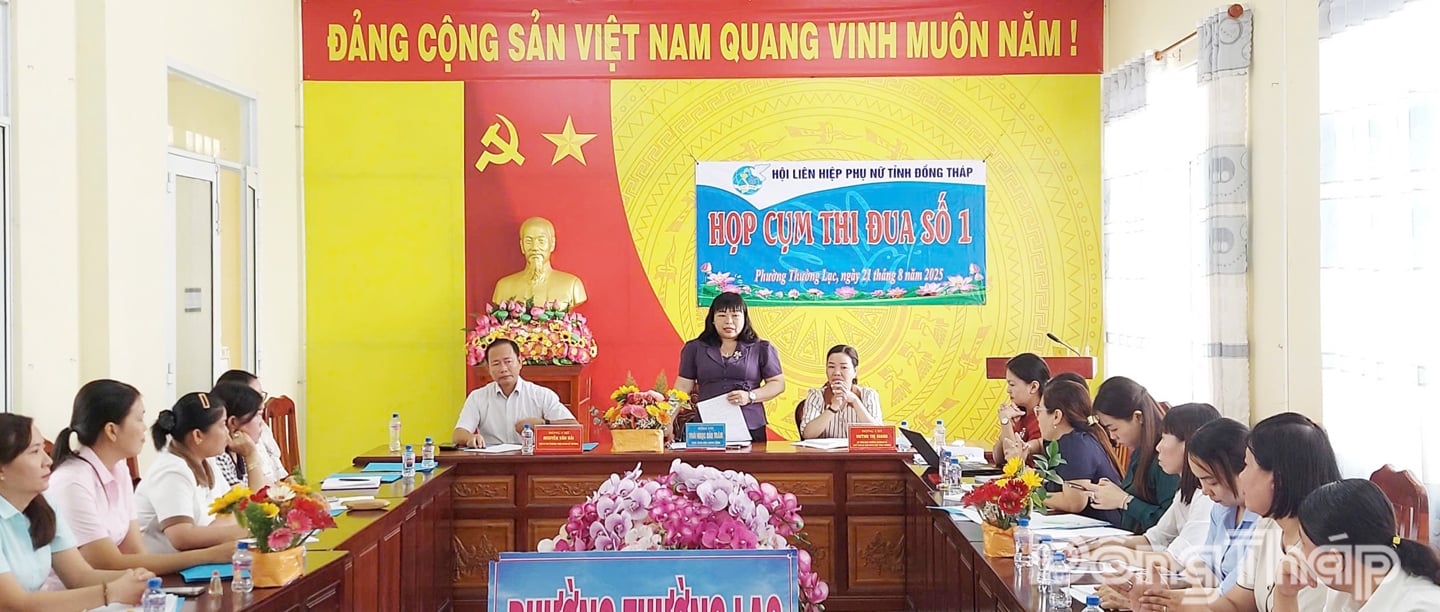

















![[Photo] An Phu intersection project connecting Ho Chi Minh City-Long Thanh-Dau Giay expressway behind schedule](https://vstatic.vietnam.vn/vietnam/resource/IMAGE/2025/8/21/1ad80e9dd8944150bb72e6c49ecc7e08)

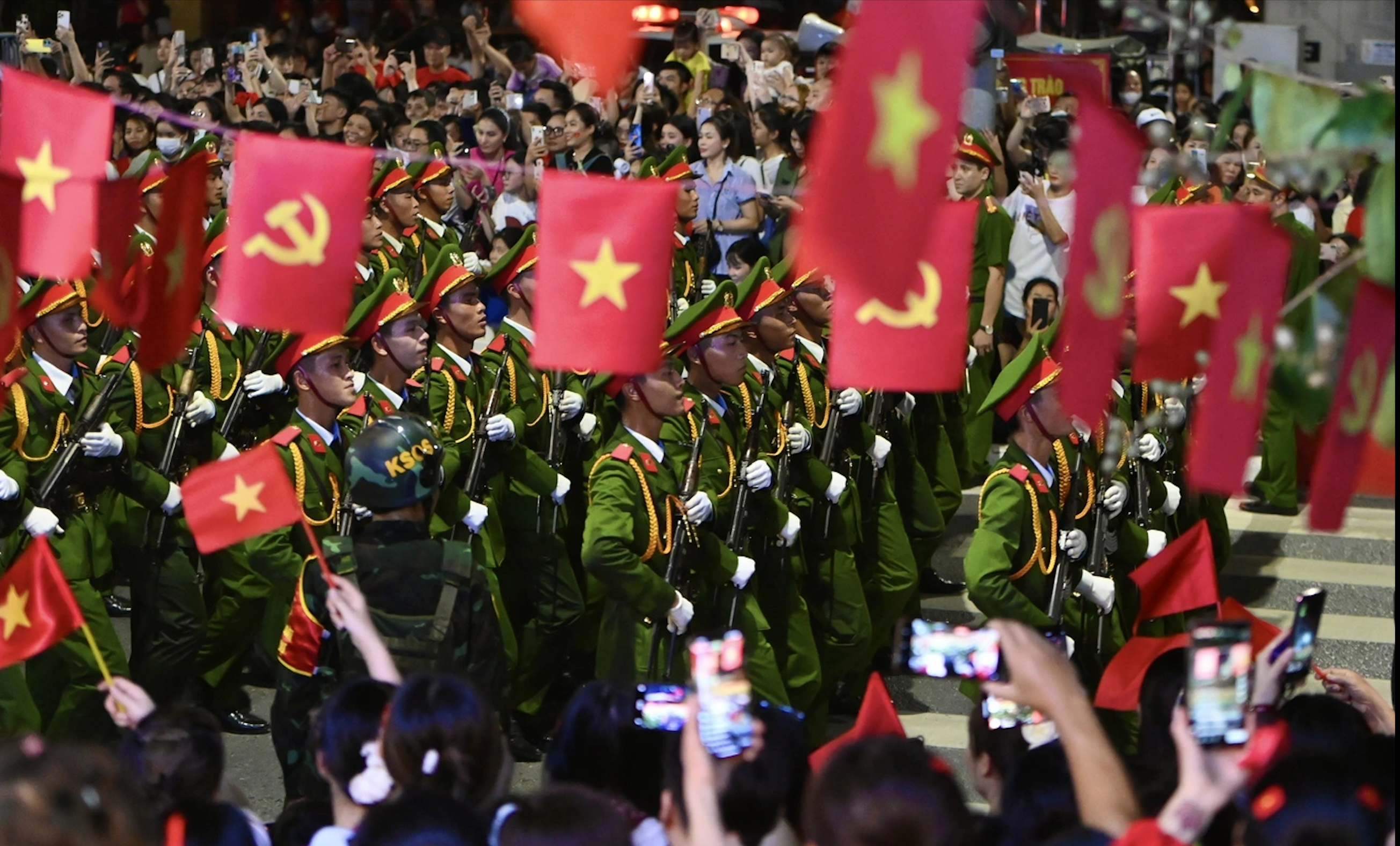































![[Photo] Politburo works with the Standing Committee of Hanoi Party Committee and Ho Chi Minh City Party Committee](https://vstatic.vietnam.vn/vietnam/resource/IMAGE/2025/8/21/4f3460337a6045e7847d50d38704355d)
































Comment (0)